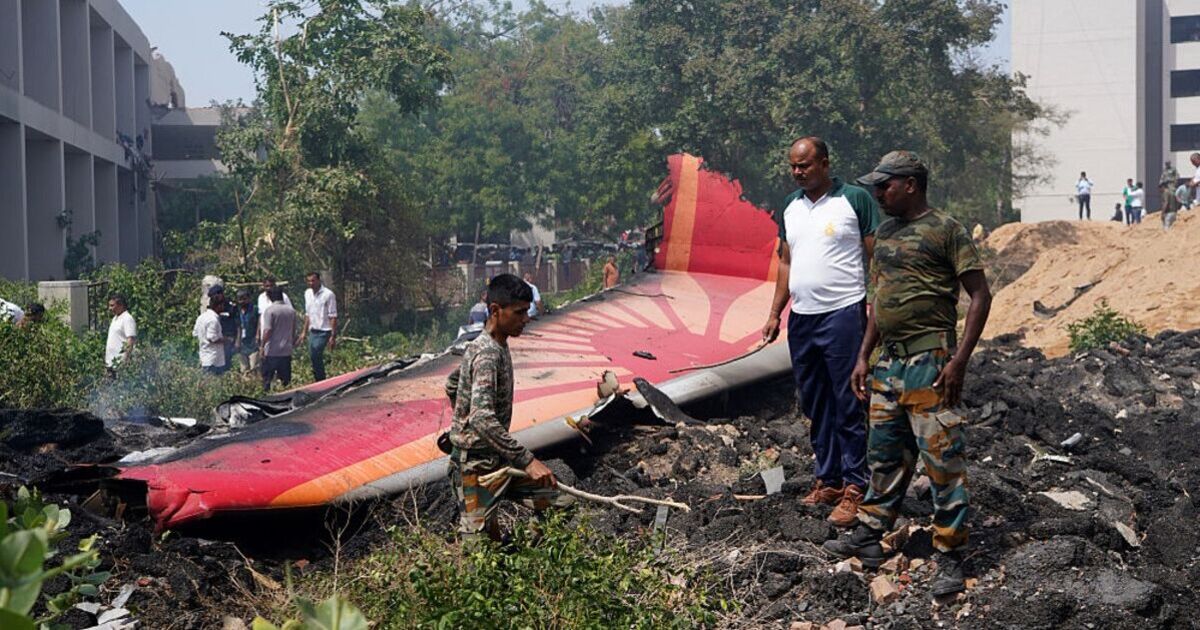

A US attorney representing victims of the Air India plane crash has identified a possible cause of the tragic accident. Flight AI171 left Ahmedabad's Sardar Vallabhbhai Patel International Airport just before 13:39 local time on Thursday 12 June.
The plane was en route to London Gatwick, but within seconds of taking off crashed into a building used as doctors' accommodation at the Byramjee Jeejeebhoy Medical College and Civil Hospital. The crash killed 241 people on board the flight and 19 others on the ground, with only one survivor from the plane. A preliminary report into the crash was published on July 12 in India and suggested possible pilot error. It found that just seconds after take-off, fuel-control switches abruptly moved to the "cut-off" position, starving the engines of fuel and triggering total power loss. However, this finding is disputed by Mike Andrews - a US lawyer who works for the legal firm Beasley Allen and is representing the families of more than 90 victims.
He told The Mirror there was not enough evidence to blame Captain Sumeet Sabharwal, 55, and co-pilot Clive Kunder, 32, for the tragic crash. Instead, he claimed a faulty portable water system in the toilets may have "shorted" the electrics and cut power to the engines.
The fault was highlighted a month before the June 12 disaster in a report by the Federal Aviation Administration (FAA).
Mr Andrews said: "Anyone at this point who does not have all of the data and would seek to blame the pilots is speculating and that's not fair.
"That's not fair to the victims and that's not fair to the pilots' families, because they're also victims, particularly if it's shown that there was a technical issue and then they are entirely blameless."
He added: "To me that makes it worse. Because if you've tried to craft or perpetuate some narrative that the pilots are at fault, when you truly don't know, or if you know there are water leaks that can cause this and you still perpetuate that narrative, that heightens the culpability to me."
A preliminary crash report reveals one of the two pilots - referring to the fuel switch - said: "Why did you cut off?" The second insisted: "I did not do so."
Mr Andrews said only a small portion of the flight recorder and black box data had been recovered and analysed.
"We need that data. Everyone deserves these answers. Otherwise it's just truly a shot in the dark. It's a guess and unfairly blames someone when you know there could be so many other potential causes here."
In May, the FAA ordered inspections on select Boeing 787s "prompted by reports of potable‑water‑system leaks".
Operators were told to check missing or damaged sealants that "allowed water to seep into electronics equipment bays, risking electrical shorts and potential loss of critical flight systems". Flight bosses were ordered to carry out the inspections by June 18 - six days after the crash.
Mr Andrews believes this may have been the cause of the Air India disaster because an initial probe found the plane's emergency power system had been deployed, a ram air turbine or RAT.